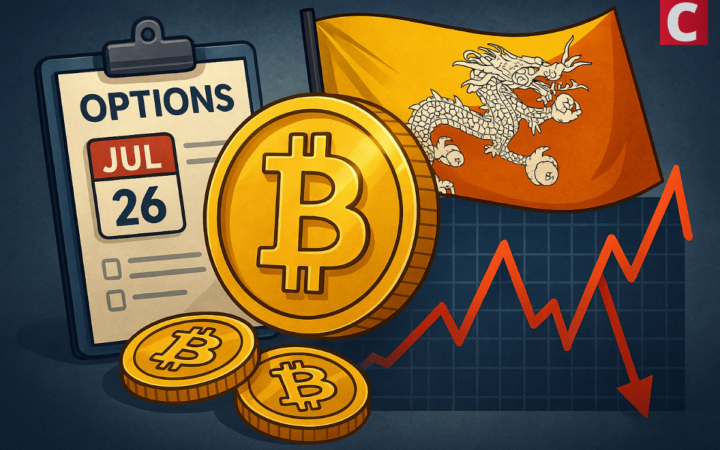This October, at Blockchain Life 2019, Europe’s largest cryptocurrency and blockchain forum, a blockchain project Serenity presented the White Label of a cryptocurrency exchange, as well as a cryptocurrency exchanger, margin trading platform and blockchain escrow technology for Forex brokers, all of which was met with great enthusiasm from the attendees. Despite the fact that a good part of the forum participants were crypto exchanges – which reflects the current market situation – new startups continue to create more platforms and build infrastructure around them. Anton Vasin, CBDO of the project, shares his view on the situation on the market.
Aren’t There Too Many Crypto Exchanges Already?
Crypto exchanges are commonly known to be a part of the industry with the most intense competition. One might even think that the supply grossly exceeds the demand. However, the real market isn’t done with new crypto exchanges yet. Under the conditions of fierce competition, most crypto exchange startups don’t survive. In an emerging market, it’s a natural process.
Traders Are ‘Natural Cleaners’ of the Market
One of the main tendencies in today’s cryptocurrency trading is the departure from fundamental analysis of crypto-asset prices in favor of the classic types of mathematical or technical analysis. Due to this, various kinds of automation – like EAs – are getting more popular, which effectively increases the number of traders.
With so many exchanges offering the same instruments on the underdeveloped market, arbitration becomes the most progressive sphere. It can exist both within one exchange and between several different ones. The more such arbitrators there are, the stronger the overall interconnection is, while the liquidity becomes free-flowing and universal. It ultimately propels the development of the whole market and protects it from sharp swings. One of the solutions – liquidity aggregation – also works towards the pooling of liquidity.
How Exchanges Compete for Clients
Young startups are rarely able to offer something that would lure clients from the top exchanges like Binance, Kraken, Bitfinex. However, a new exchange can create something unique to carve out a certain niche and draw the attention of a particular audience.
Competition between exchanges, of course, leads to the advancement of technology and lower commission rates. Furthermore, an increase in market participants makes cryptocurrencies less vulnerable to manipulations by the whales. Earlier it was possible to throw 100-200 million worth of Bitcoins into one exchange and drop the whole market by 20-30%, then buy more of it dirt-cheap, but it becomes much more difficult now that the exchanges are strongly interconnected.
The competition within the sphere of blockchain technology also has a positive impact on trading. Right now, one of the key elements of any startup exchange is market-making (or liquidity aggregation, which is more technologically advanced and less costly). With market making or aggregation and strong support of trading instruments, it’s possible to provide service on par with the most successful exchanges. It’s important to recognize the market tendencies a bit faster than your competitors and act on them in time. Moreover, a small exchange can integrate a new high-demand service much faster. This is what allows them to be in the competition and see the growing demand for their products.
Disclaimer: Coinspeaker is committed to providing unbiased and transparent reporting. This article aims to deliver accurate and timely information but should not be taken as financial or investment advice. Since market conditions can change rapidly, we encourage you to verify information on your own and consult with a professional before making any decisions based on this content.

Co-founder of the Serenity project and its CBDO. Anton's career spans over 13 years among the top positions in Forex sphere. For several years, Anton had been leading the risk hedging department of a major forex broker company and later launched several risk hedging departments for other brokers from scratch. Now he develops the Serenity project being responsible for the product line and services.





